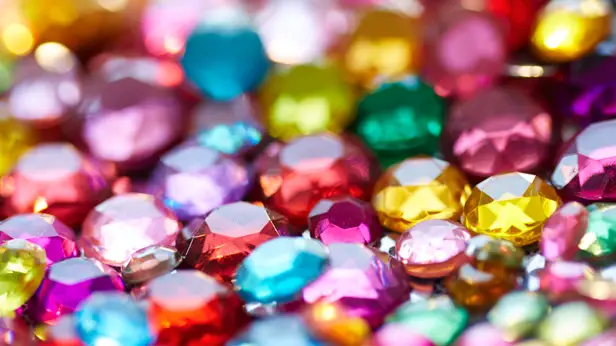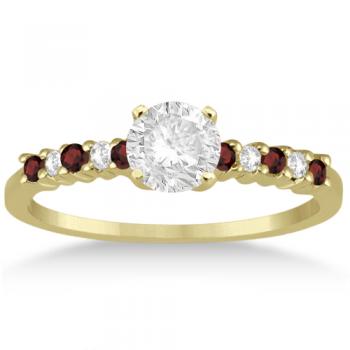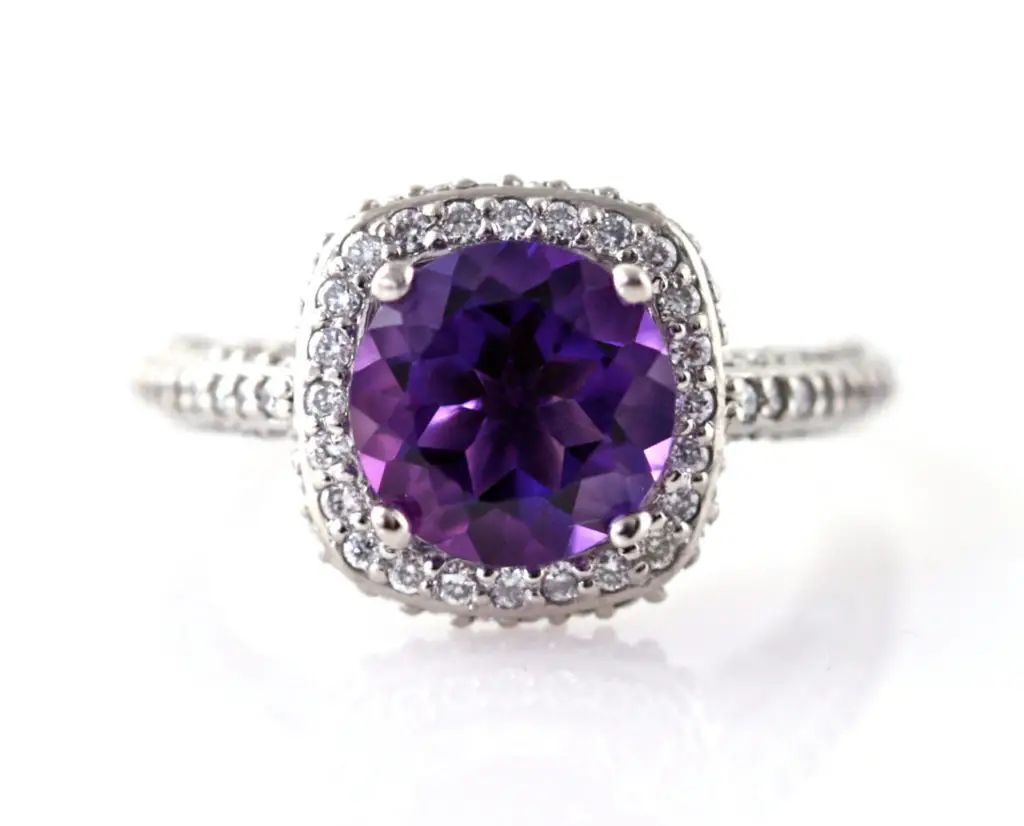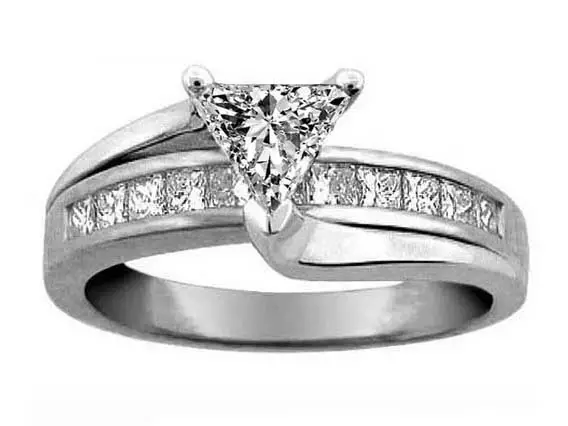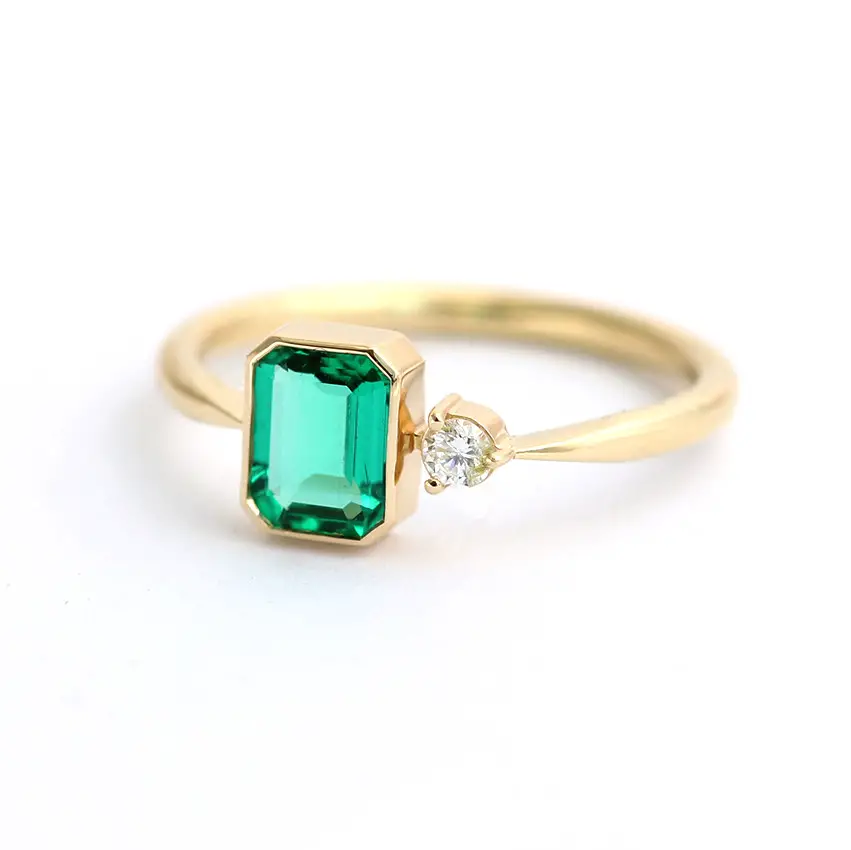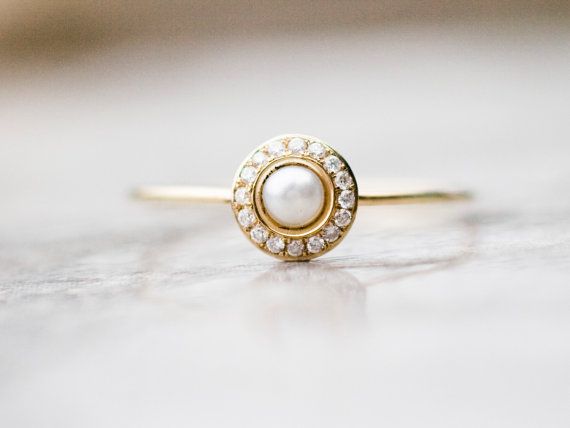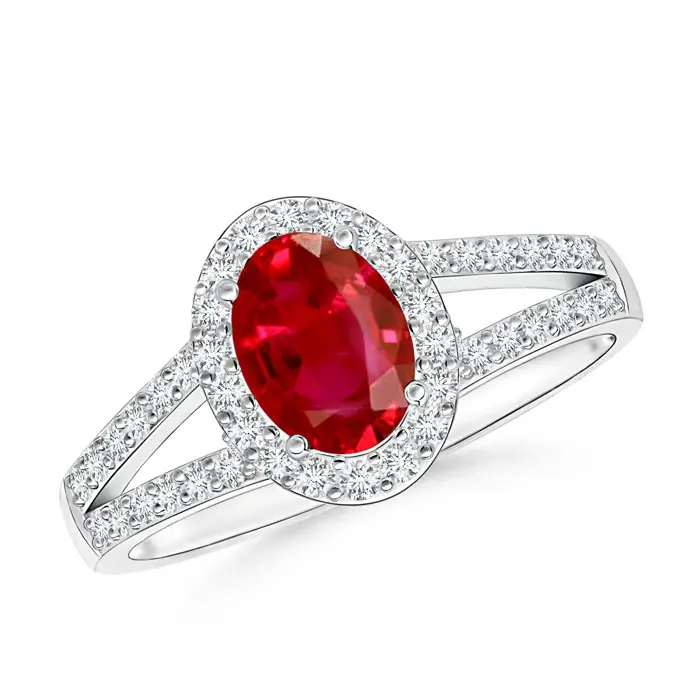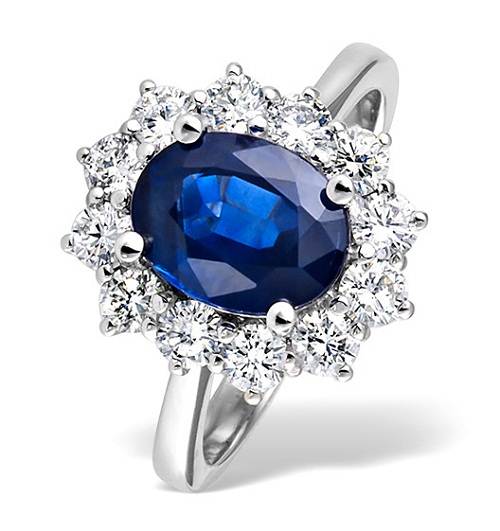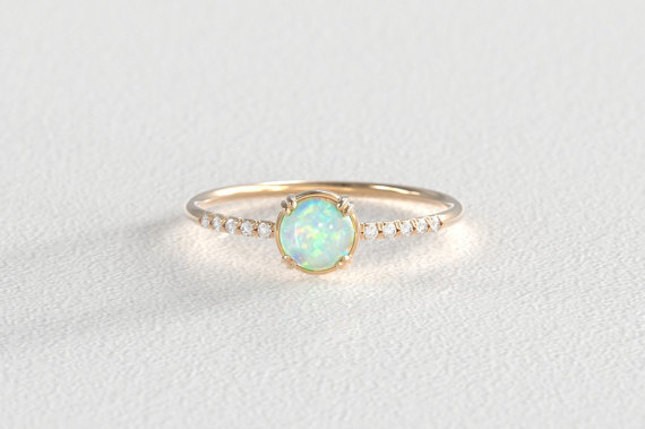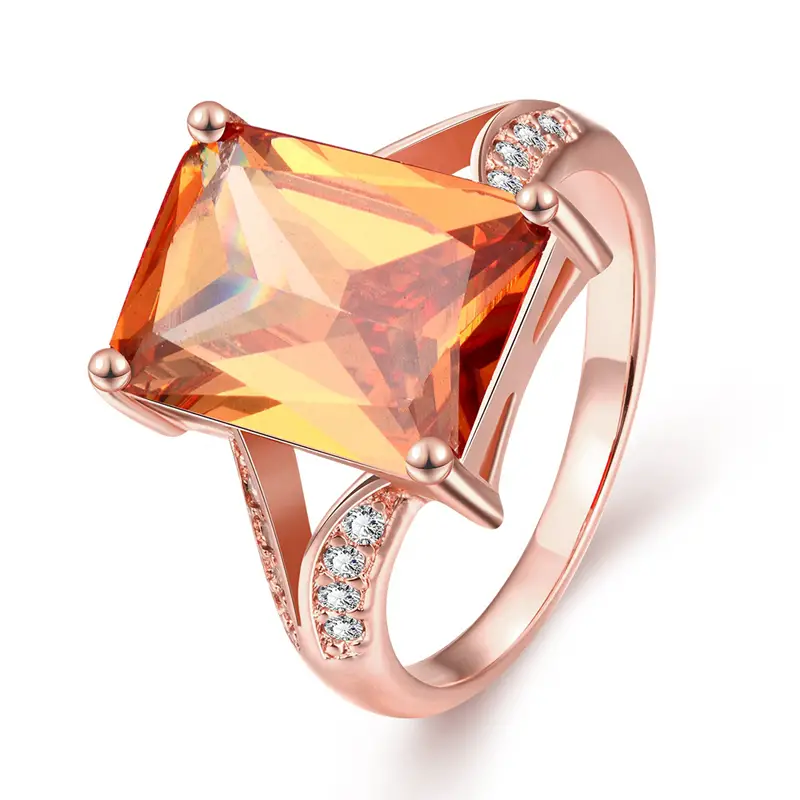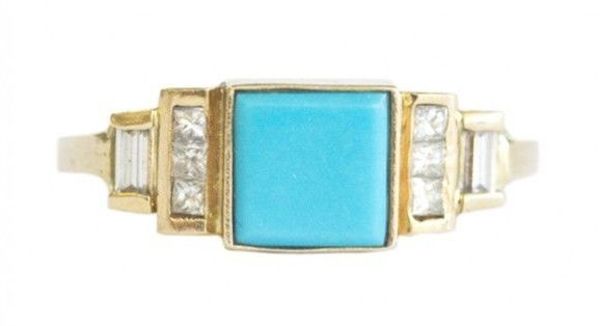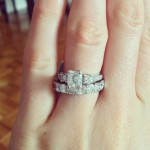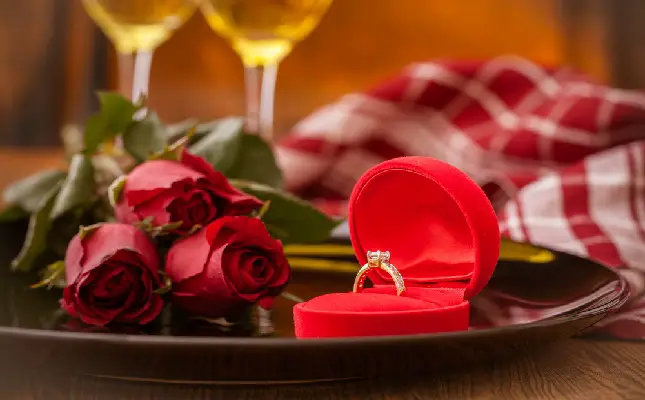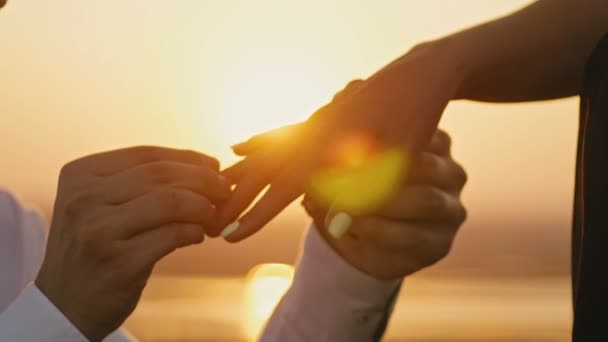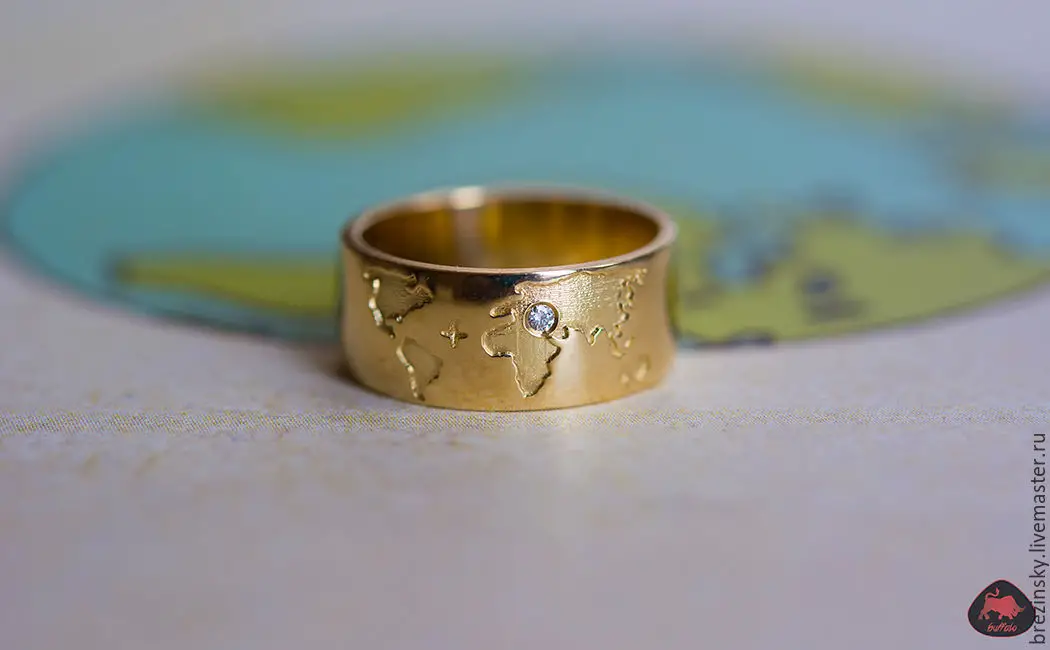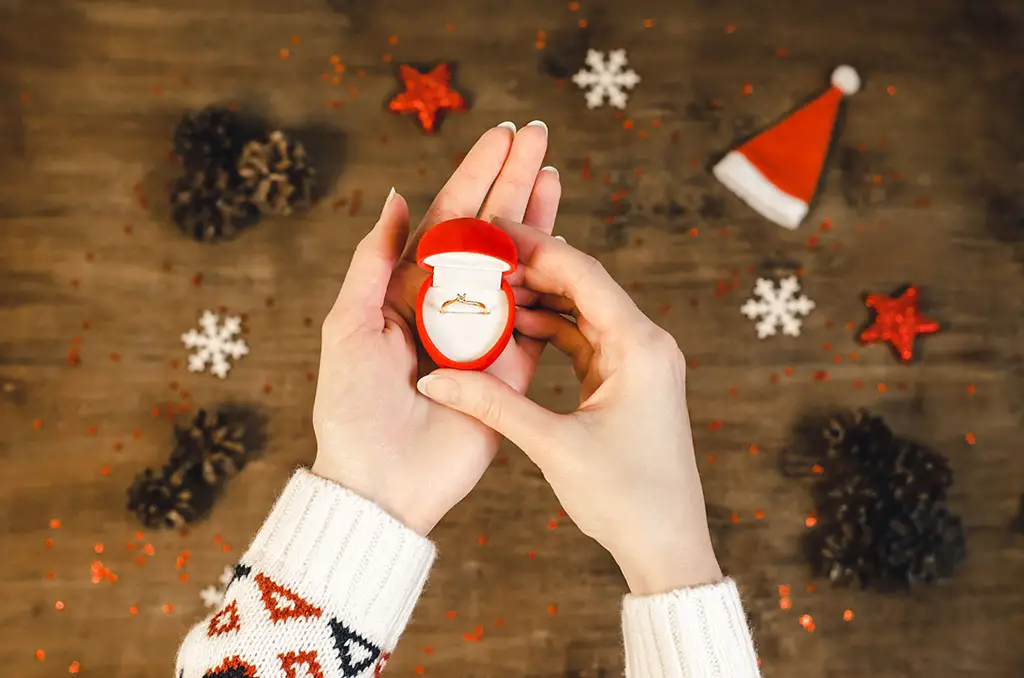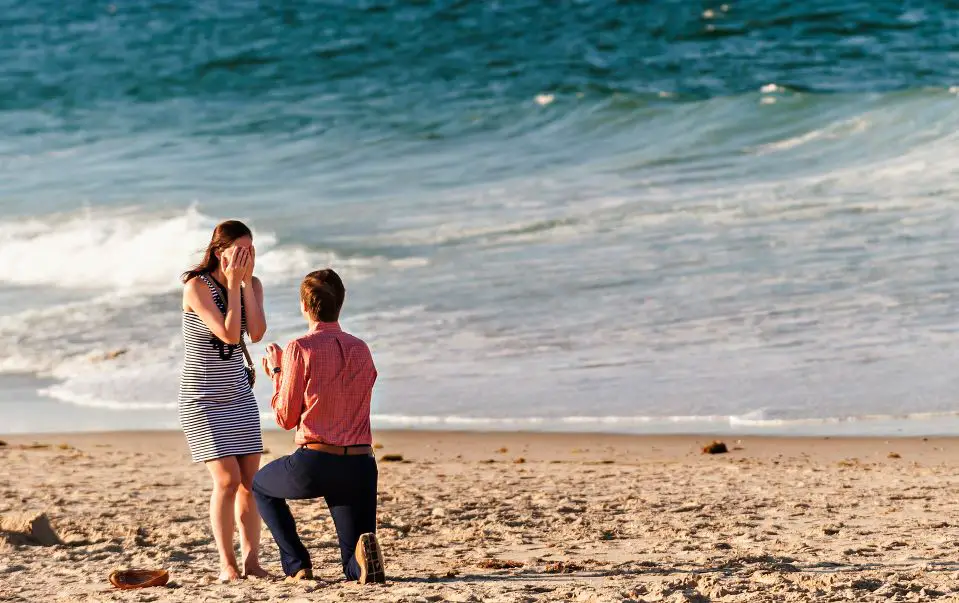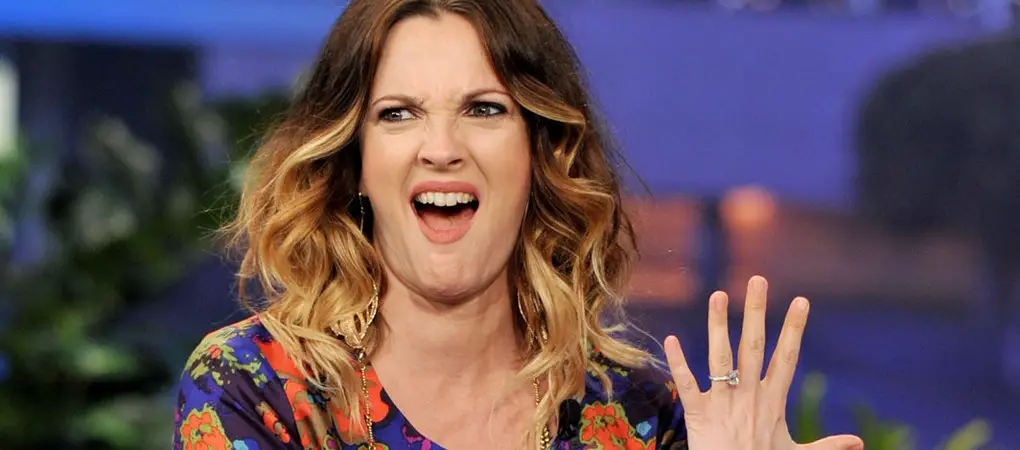You would be forgiven for thinking that the concept of birthstones was dreamt up by some pioneering jewellery marketers who wanted to sell coloured gemstones. That’s exactly what we thought, until we took some time to research the matter…
It’s no secret that coloured gemstones are big business these days. They’ve always enjoyed some degree of popularity of course, but since a certain Prince William proposed to his lady love Kate with a stunning oval sapphire, engagement rings featuring coloured gems have really come into their own once again. Celebrities such as Eva Longoria, Penelope Cruz, Carrie Underwood and many more all proudly wear rubies, sapphires and yellow diamonds respectively.
The idea of a certain gemstone representing a calendar month is a long standing tradition, but in fact its historical roots stretch right back to biblical times! The prophet Aaron, brother of Moses and first high priest of the Israelites, was known for wearing a breastplate. Not just any old breastplate though; it had twelve stones, one for each of the names of the sons of Israel.
The exact order and type of gemstones has long been debated, but the below is generally accepted as the modern day version, which each one dedicated to a month of the year. Working your birthstone into your engagement ring is a fantastic way to give it some extra special meaning and symbolism; even more so if you incorporate the birthstone of your husband to be and children, if you have any. Here are just some ideas to get you feeling inspired…
January: Garnet
Garnets were a staple feature of jewellery in the last days of the Roman Empire, where they were usually paired with gold. These deep red gems are even darker in colour than rubies, but they come with one drawback; they measure 6.5 – 7.5 on the Mohs scale, which means they’re not as durable as precious gemstones and will pick up scratches, scuffs and dents over time. For that reason we suggest not using a garnet as a large centre stone in your engagement ring, but rather as a more easily replaced accent stone. They look even more beautiful when paired with glittering white diamonds, by the way.
February: Amethyst
Similar to garnet, amethyst clocks in at 7 on the Mohs scale, meaning it’s durable enough but not exactly suitable for hands-on, ‘rough and tumble’ activities. That said, the strong purple hue of this gemstone is captivating and makes for a very, very unique engagement ring. If you opt for an amethyst engagement ring, we recommend not wearing it every single day; keep it for special occasions or days when you know you won’t be doing anything too vigorous. You could take a chance and wear it on nights out however; the ancient Greeks believed that amethyst protected against drunkenness!
March: Aquamarine
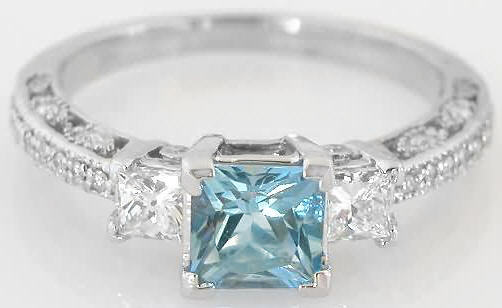
One of our personal favourite engagement ring combinations is diamond, aquamarine and white gold or platinum. It’s ethereal, subtle, dazzling and a step up from the somewhat generic (sorry) all-diamond engagement ring. The good news is that aquamarine hits 7.5 – 8 on the Mohs scale, making it a solid (pun intended) choice. While it will require some care and we wouldn’t advise doing any DIY while wearing it, it’s suitable enough for everyday wear. Fun fact; aquamarine is one of the many forms of the mineral beryl. Other varieties include emerald, morganite, and the creatively named red beryl. Contemporary designs work extremely well with this combination, too.
April: Diamond
There may be some truth to the saying ‘diamonds are a girl’s best friend’, after all. Diamonds are the hardest naturally occurring substance on earth, the traditional centrepiece of engagement rings since the 19th century, and they’re pretty nice to look at too. If diamond is your birthstone then you have all the more reason to opt for a classic diamond engagement ring! If you want to put an unusual twist on the tried and tested tradition there are plenty of cool, contemporary engagement ring designs around. We love trillion cuts, and rough un-cut diamonds are also proving to be a popular 21st century trend.
May: Emerald
Usually the most budget-friendly of the precious gemstones, emerald has long wooed jewellery lovers with its vibrant green colour. Colombia has by far the largest deposits which makes it an even more meaningful choice if you have Latin American roots (or Irish roots given the country’s nickname, the Emerald Isle!). One of the most famous and coveted engagement rings in history, the one given to Jackie Kennedy by JFK, featured a stunning combination of emerald, diamonds and yellow gold. Yellow gold perfectly compliments green emerald, but a diamond halo around and an emerald centre stone can also look stunningly sophisticated.
June: Pearl
Pearl is extremely delicate measuring just 2.5-4.5 on the Mohs scale, and definitely not a wise choice for an engagement ring you’d like to wear on a regular basis. However the stone’s lustrous finish and smooth texture makes it irresistible to some. If you didn’t already know, pearls are formed in the soft tissue of living shelled mollusks (i.e. oysters) and are made of calcium carbonate in minute crystalline form. The most valuable ones occur spontaneously in the wild and are extremely rare, but cultured pearls are also readily available. Pearls and diamonds on yellow gold provide a classic, chic and very feminine style.
July: Ruby
A favourite of royal families all over the world (both through history and in the modern era), rubies are sophisticated, colourful, and exude power, passion and beauty. In Asia they are held in very high esteem, often used to adorn armour and clothing of the nobility and placed beneath the foundations of building to encourage good fortune. Myanmar (aka Burma) has the most plentiful supply and has also recently opened up to international tourism; do we see an engagement ring shopping vacation on the horizon for the perfect ruby ring? If so, ruby and white gold or platinum is always a winner.
August: Peridot
Although not all that hard wearing, peridot has a fascinating olive green hue that’s a real winner with white, yellow and rose gold alike. It’s one of the few gemstones that only occurs in one colour, although the intensity of the green can range from yellow-ish to brownish-green. For a completely unique twist, consider green gold (yes, green gold is a thing). It matches the earthy tone of peridot for a vintage, slightly alternative but very stylish look. Intricate detailing also works very well with peridot, lending it an earth mother kind of feel. Think beading, interlacing and unusual settings.
September: Sapphire
Another favourite of royals everywhere (hello Princess Diana and Kate), sapphires are steeped in spiritual meaning in many religions. They were said to represent celestial faith and offer protection, good fortune, power and wisdom. Their deep blue colour is undeniably captivating whether used as a central stone or accent stones in an engagement ring. If you decide on a sapphire engagement ring, beware that many gems out there have been treated to enhance their colour. If not done properly this can affect the durability of the stone – plus it’s not exactly honest either. Do your research and buy from a jeweller who can guarantee their gems have not been treated.
October: Opal
Opal is most definitely one of the most beautiful gemstones on this planet. Sure, diamonds are sparkly and dazzling and shiny, but opals have the lustrous finish of pearls, the magical quality of aquamarine and peridot AND all of the colours of the rainbow in one little stone. In the Middle Ages some believed that if you wrapped an opal in a bay leaf, you became invisible! However in the 19th century, thanks to a novel by Walter Scott called Anne of Geierstein, opals became synonymous with bad luck. We suggest you take the events of this novel with a pinch of salt and if you do decide to go down the opal route, yellow gold is the perfect match.
November: Topaz
Many people believe that topaz is typically blue, but in fact it comes in several different colours and the blue form is the most rare. In any case, orange topaz is the gemstone that is associated with November. On the Mohs scale topaz sits at 8, making it very durable if not quite as invincible as diamond or precious gems. Since it comes in a wide range of colours and is usually of sound quality, topaz can make a much more budget-friendly alternative to other coloured gemstones like yellow or pink diamonds. Orange topaz and rose gold is a match made in heaven and a one of a kind engagement ring, if you ask us.
December: Turquoise
With that distinctive colour and matt finish, turquoise makes for a very different engagement ring. Often used in vintage jewellery – especially during the colour-loving Art Deco period – it can crop up as an inlay, as small accent stones or even as the centrepiece of the design. In the Persian Empire turquoise was worn around the neck or wrist to protect against unnatural death, and if it changed colour this was a sure sign of impending doom. Colour change is possible with turquoise and can be caused by reaction with certain cosmetics, exposure to light, dust or acidity – but you don’t need to worry about bad luck.
As with all gemstone purchasing, make sure to do your research, buy from a reputable seller, and ensure that you’re getting the best quality and the best price. Don’t forget to regularly inspect your jewellery for signs of wear and tear, and get it professionally cleaned regularly to ensure it stays in top condition.
